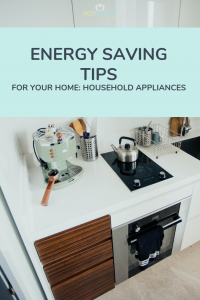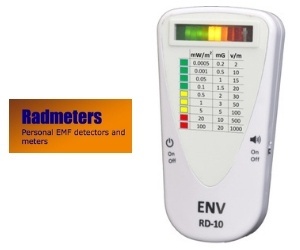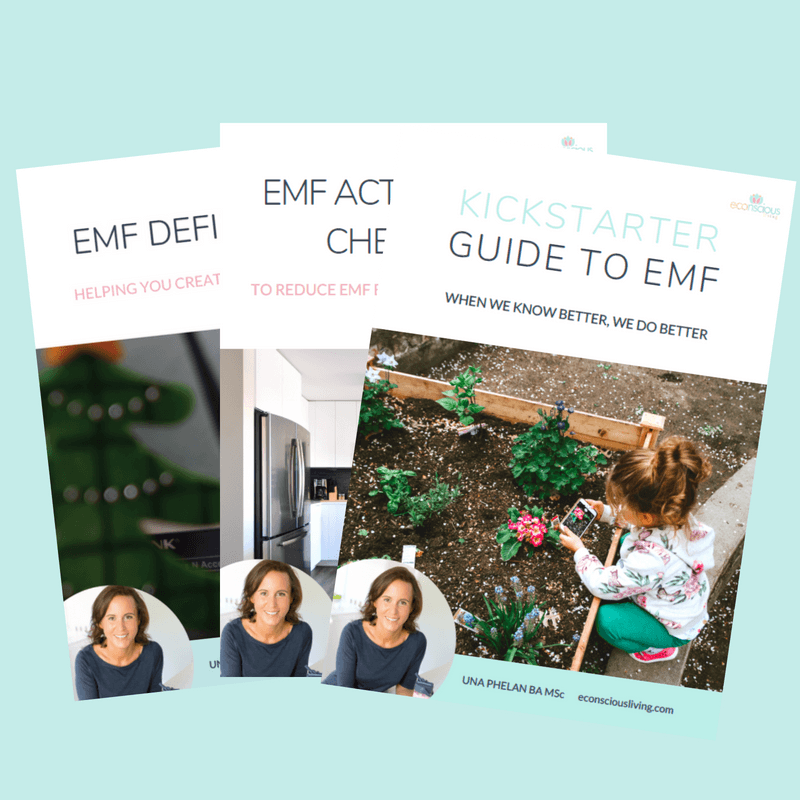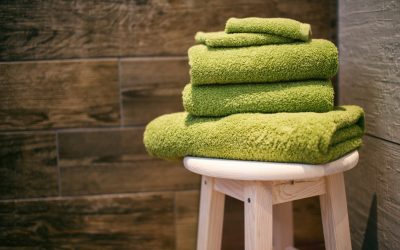Energy Saving Tips for the Home: Household Appliances
Energy Saving Tips – How to Make Your Home Eco-Conscious
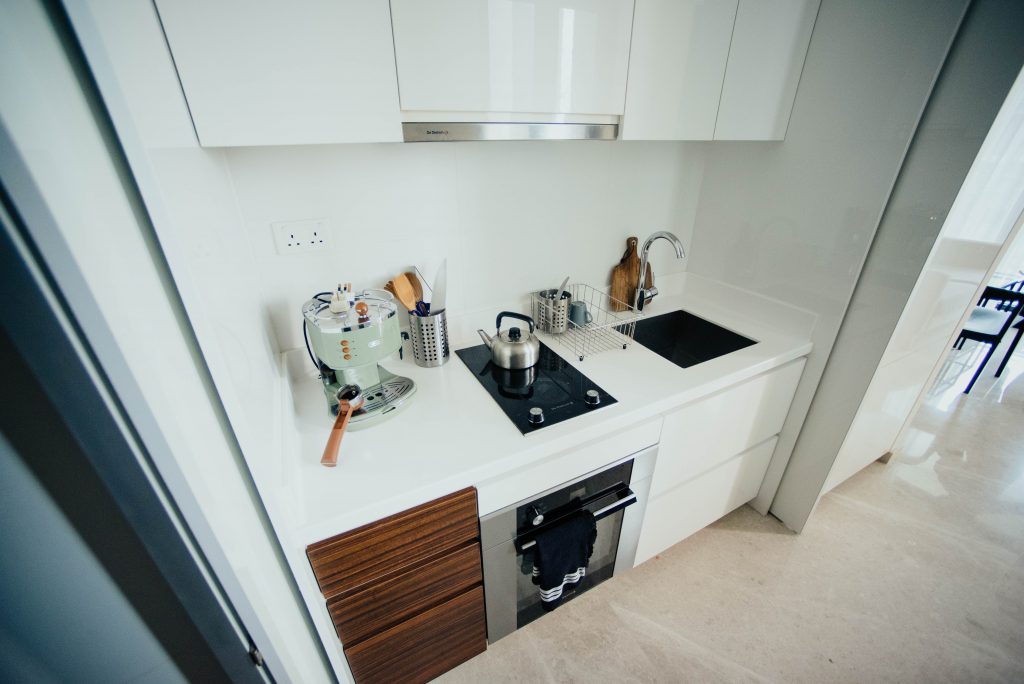
First, let’s examine what is meant by the term itself: energy efficiency.
An appliance is described as ‘energy efficient’ if it lasts longer or works better when compared to another version of the same appliance, whilst using the same amount or less energy.
So, it uses less heat, power or water, and emits fewer greenhouse gas emissions.
Aside from just cutting down on the number of appliances you have (do you really need that second fridge?) by doing a little bit of research and taking on board a few of my pointers below you can have your kitchen humming along pretty efficiently.
Fridges
Older kitchen appliances are usually the most energy inefficient and a fridge is usually the most energy-intensive, so that’s a good place to start your home review.
Many homes now have two fridges but do you really need both? A fridge is estimated to cost about $200 a year to run.
If one of your fridges is used occasionally then only switch it on when needed.
Keeping the area around your fridge well ventilated is important. Having your fridge very close to your oven is not a great idea as it makes the fridge work harder to cool. When you can, dust or vacuum the exposed condenser coils so it won’t have to work so hard. The fridge seals should always be kept clean and tight to prevent energy from escaping. Stick a piece of a paper in the fridge door to see if it holds tight and if it moves it’s time to replace that seal.
Vertical fridge/freezers are more efficient than those that stand side by side.
Ice and water dispensers and anti-condensation features all use more energy.
A fridge/freezer full of food uses less energy than one-half empty.
Buy a fridge with a temperature dial so you don’t set the temperature too low. A small change in temperature of even just one degree can increase energy consumption by 5%. Fridges should be set at 3°C to 5°C and a freezer -15°C to -18°C.
Chest freezers are also better than vertical ones.
Finally, don’t keep the doors open!
Dishwashers
About 20% of water used in a home is mostly from washing dishes. Dishwashers use an incredible half the energy and 1/6 the water that hand washing uses!
An energy efficient dishwasher can use as little as 11 litres of water per load and their internal water heaters usually run more efficiently than your hot water system too. This is a saving of up to nearly 20,000 litres of water a year compared to hand washing.
Saying
Use the air-dry button if you have one. A quick pre-rinse or wipe is all dirty dishes need.
Check the sprayers for blockages with food to ensure your dishes are being cleaned properly. Very often we blame the dishwashing detergent when in fact the sprayers are blocked.
Ovens
Leaving aside the broader natural gas versus coal-burning electricity debate, if you want an energy-efficient oven in your own home you should choose an electric oven over a gas one. Does that surprise you? It’s because gas ovens require a lot more airflow (to provide oxygen for combustion and to remove combustion gases from the oven compartment), so their efficiency is significantly lower.
Furthermore, gas-fuelled appliances emit combustion products that are harmful to your health, even just using an oven at 175oC for an hour can be harmful. Your genetics may also play a role and anyone au-fait with Single Nucleotide Polymorphisms (also know as SNPs: genetic variations in our DNA makeup) should be aware that those of us who have a dirty MTHFR gene may be sensitive to natural gas appliances. Chemically sensitivity people should always avoid any sort of combustion appliance.
If you do use a gas oven make sure you have a good range hood installed that vents to the outside.
Self-cleaning ovens are also more efficient because they are well-insulated with toxic flame retardants along the lines of Teflon. These materials are similar to what you use in your non-stick pans, which have been shown to be toxic upwards of 200oC so I don’t recommend using them even if they are more energy efficient.
Convection ovens are also more efficient than conventional electric ovens, as they use fans to circulate the heat.
You should also make sure the oven seals are working well and replace if not.
Ceramic and glass cookware will allow you to reduce your cooking temperature and save energy.
The microwave may be more efficient than your oven but the quality of the food from them is questionable (let’s put it this way, they are great for sterilising things and do the same to your food). Microwaves also give off extremely high electromagnetic fields which can be measured several metres from the oven, so I never recommend them.
RELATED: How EMF Measurement Creates a Healthier Home for your Family
Stovetops
Induction cooktops are more efficient than electric but I don’t recommend them as they usually give off extremely high electromagnetic fields.
You should always use a pot size that fits your cooktop ring size. When you do this, electric stovetops are often just as efficient if not more so than induction.
Surprisingly, gas stovetops are less efficient than both because a lot of energy is lost to the air. Gas flames should always burn blue, not yellow, to avoid the unnecessary emission of toxic gases. An electron ignition is also much more efficient than a gas pilot light.
Quite a few factors come into play when considering the efficiency of stovetops, such as your style of cooking (stir-frying is better) or the type of electric stovetop (smooth-top or radiant is more efficient than the older ring style) but bear in mind that the energy used in cooking is only a very small percentage of a home’s total energy consumption at only about 5%.
If you still want to use a gas stovetop as many do for better temperature control make sure you follow the guidelines I gave above for gas ovens.
Quick tip! As a general rule smaller appliances are more efficient than large ones so where practical choose a toaster oven over an electric oven or a handheld mixer over a food processor.
Useful Tools
Purchase the most efficient appliance available by choosing the highest energy and star rating. Note there is no energy rating for ovens. Australian Energy Ratings Guide has a calculator to help you compare the energy efficiency and consumption of many brands and appliances and associated running costs. Look for fridges and freezers that at least have a 2.5-star rating.
Check out the UK website Buy Me Once for a guide to appliances, amongst other items, that are made to last. They are not yet in Australia but they have been talking about setting up base here. Regardless, the site still serves as a good guide for buying any household product.
Finally, the worse thing you could do for the environment is to chuck out an appliance just because you now realise it’s not the most energy efficient appliance going. Wait till it’s time to replace and then take on board this advice.
If you do need to replace an appliance don’t forget to first see if it can be fixed. Repair cafes are growing all over the world and you will learn some repair tips along the way. If your appliance is on its last legs check with the manufacturer to see if they will take it back or swap out for your new appliance. Transfer stations will also accept large white goods.
Another option is to check the Recycle Smart app for recyclers in your area.
As you have probably gathered, what’s good for the environment is not always good for your health and vice versa. Make an informed decision based on your own personal circumstance.
When you know better, you do better.
If you want a hand making your home more eco-conscious, get in touch to arrange one of my Healthy Home Reviews!
Related Posts
The Best Natural Pillows For Better Sleep
If you truly want to make a simple upgrade in the bedroom that will change your health then keep reading to find the best natural pillows for better sleep
Why You Should Have a Home Sauna for Better Health
Quite simply if there was a pill that did ALL the things that research is showing us saunas do, you would be taking it. Here’s why and my recommendations
Myth Busting: How Effective Are Air-Purifying Plants?
It’s a common belief that air-purifying plants are an effective way of removing VOCs and toxicants from the air in your home. I’m afraid not, here’s why…

